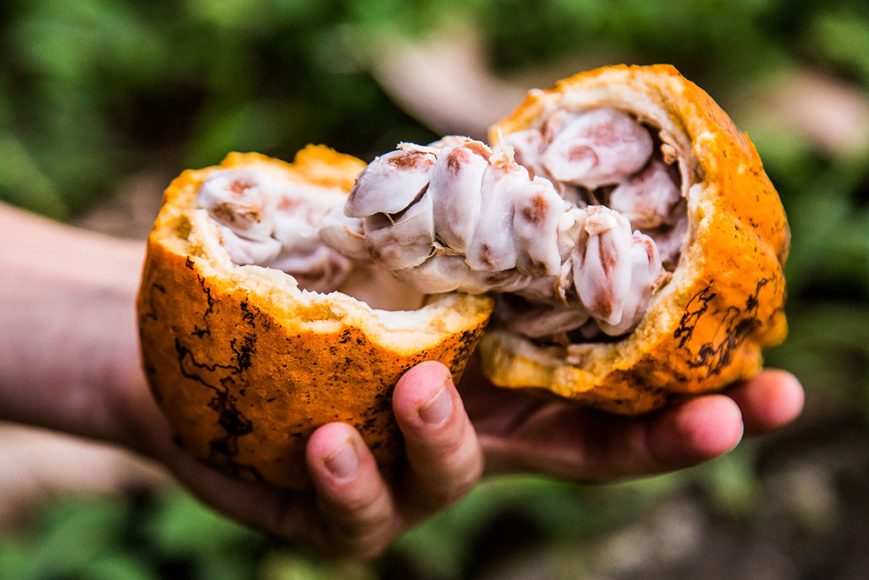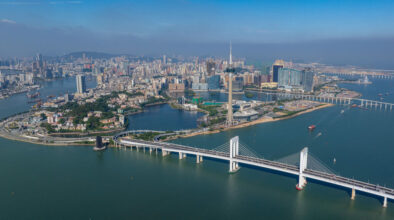For centuries, chocolate sweetened the fortunes of Africa’s second-smallest country. São Tomé and Príncipe consists of two volcanic islands off the coast of Gabon, in the equatorial tropics, with a near-perfect climate for cacao trees – their bitter beans are the main ingredient in chocolate. Driving inland, around the former Portuguese colony’s misty green hills, cacao pods can be spied growing wild between coconut palms, bananas and coffee plants.
Cacao was introduced to what was then an uninhabited archipelago by Portuguese settlers who arrived in the late 15th century. By the 19th century, intensive cocoa production (cacao is called cocoa after beans are fermented, the first step in processing them into chocolate) was taking place in massive, semi-industrial plantations known as roças. These functioned as villages, each with their own churches, hospitals, and housing for thousands of imported African labourers (slaves until slavery was abolished in 1875, then indentured workers).
In the early 20th century, São Tomé and Príncipe was the biggest cacao grower in the world and known for the fine quality of its product. But by the time the islands gained independence from Portugal, in 1975, the industry was in decline. This turned to freefall when the Portuguese landowners abandoned their roças, which subsequently fell into neglect. Mismanagement by the centralist new government, depleted soils, floods, droughts, and general lack of investment caused the cacao harvest to dwindle. Then, in 1998, a sharp drop in global prices compelled São Tomé and Príncipe’s leaders to finally proclaim that “the era of cacao has ended.”
Today, however, it’s on its way back. Given one-third of the islands’ 223,000-strong population live below the poverty line, anything with economic potential is a godsend – especially after the harsh blows dealt to São Tomé and Príncipe’s fledgling tourism sector during the Covid-19 pandemic.
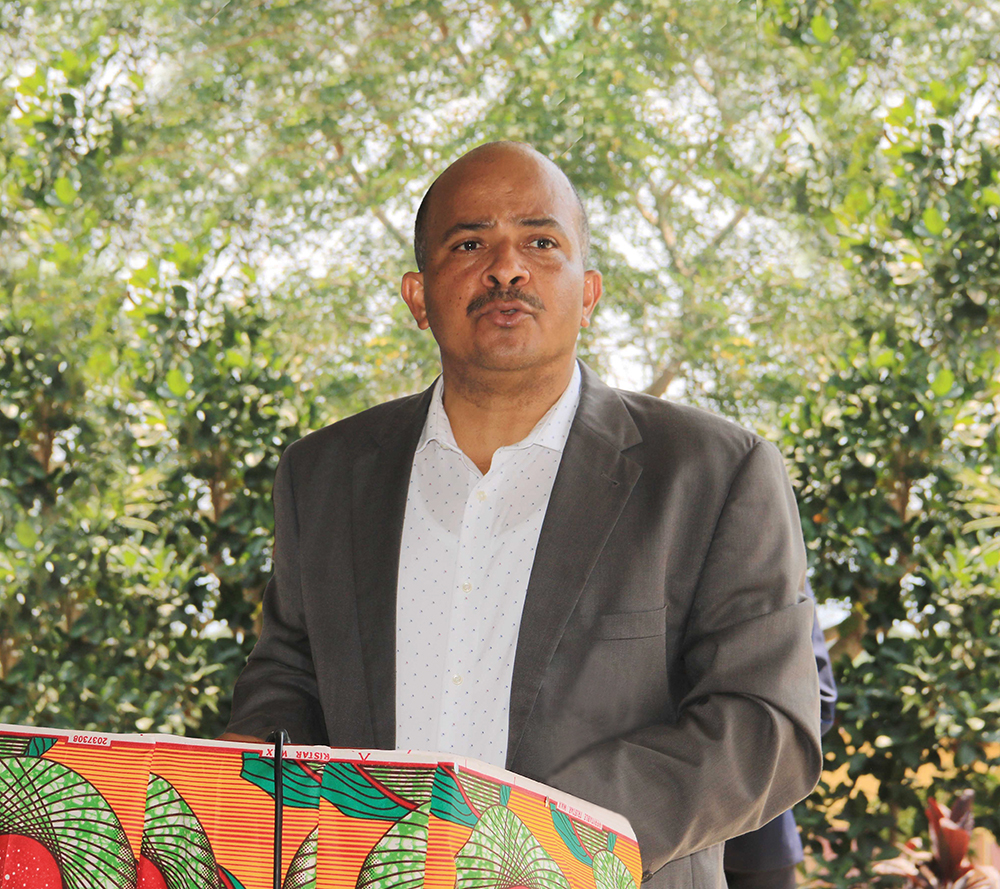
António da Graça Dias, 60, is part of the country’s new wave of successful, sustainable cacao growers. He’s the executive director of CECAB (Cooperativa de Exportação de Cacau Biológico) – São Tomé and Príncipe’s biggest cocoa producer – and the islands’ former minister of Agriculture, Rural Development and Fisheries. Dias, who is also an agronomy professor at the public University of São Tomé and Príncipe, applies 21st-century growing methods to surviving plantations that had been unproductive, or at least underperforming, for decades. Ways of pruning, the introduction of pest and disease-resistant cultivars, and organic farming techniques, for example. Between 30 and 40 years will be added to the plants’ life, Dias says, and they’re also more resistant to the effects of climate change. “It is with these techniques that we have been rehabilitating farmers’ plantations, and the results have been satisfying.”
Along with sustainable production practices, the cooperative is also dedicated to fair working conditions for everyone in its workforce. For an industry that’s been synonymous with slavery, and with gruelling working conditions after slavery was abolished, this is an incredibly meaningful development for São Tomé and Príncipe.
Founded in 2004, CECAB is a cooperative of 37 associations of small-holder growers of organic cacao, based in the centre and north of São Tomé Island. The co-op is considered a role-model in the industry, says Dias. “We have been invited to promote consultancy initiatives in Gabon, Togo, Liberia – and share our experiences with cooperatives in Colombia, Ecuador and Peru.”
CECAB currently sells to a single partner: Kaoka, a high-end French chocolate company that only buys organic, ethically sourced cacao. Since the cooperative grows more than Kaoka can buy, Dias decided it was time for CECAB to become a fully local ‘bean-to-bar’ chocolate producer.
The brand new chocolate factory has already been built in Guadalupe, 12 kilometres north of São Tomé’s namesake capital city. Dias is just waiting on some additional machinery to arrive, and everything should be up and running by the end of the first quarter of 2023. The initiative has the government’s support and funding from the African Development Bank, within its Project for the Rehabilitation of Infrastructures to Support Food Security framework. It is a major investment for the scale of the islands – the project will cost more than EUR 450,000 (MOP 3.83 million) in total – and the largest in CECAB’s history (the cooperative will contribute around a fifth of the total). The new factory is forecast to produce 10 tonnes of chocolate a year.
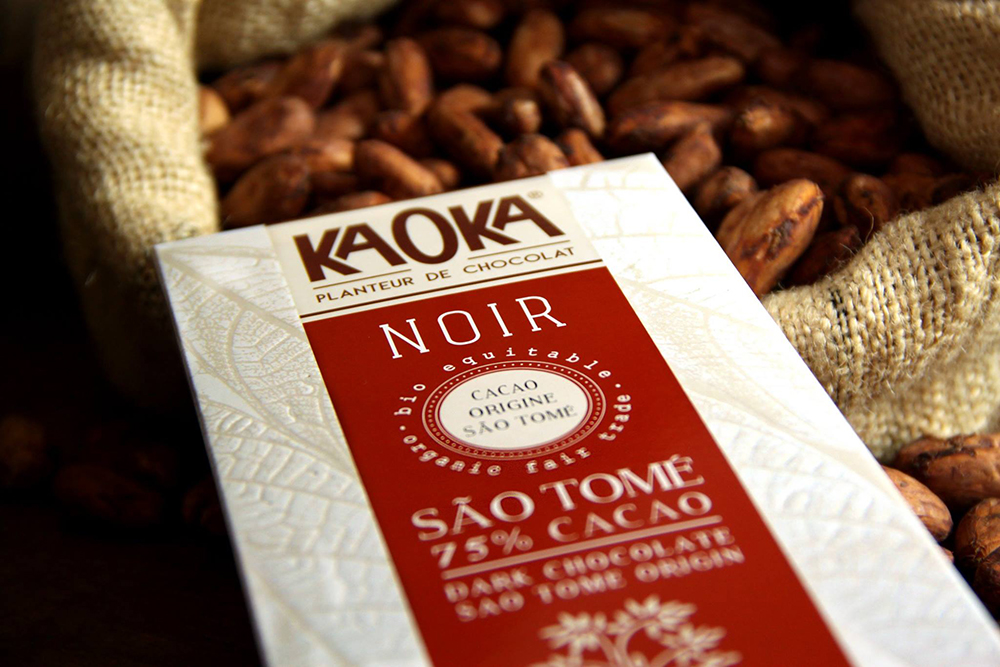
Dias is proud of the progress to date: “[We] are realising a dream,” he told Macao magazine, happily. At first, CECAB plans to sell its chocolate to the domestic market only (while continuing to supply Kaoka with cocoa). But entering global markets is both the long-term goal and “the big challenge,” says Dias.
Exporting chocolate instead of cocoa moves the company up the value chain, boosting the margins it can charge for its product. But it also means CECAB will have to find buyers for its chocolate bars, inside and outside the country. This will take skills beyond making great cocoa and supplying a single buyer, Dias notes. The cooperative will have to develop its marketing capabilities to make its chocolate bars appeal to consumers, and a whole raft of additional business expertise.
Another challenge on the horizon is new standards set by the European Union that will affect organic cocoa producers. The new rules, expected to come into force in 2024, prevent cooperatives with more than 2,000 members from getting organic producer certification. CECAB currently brings together 3,100 farmers, so will have to split in two in order to export to Europe.

São Tomé and Príncipe is home to three other cocoa cooperatives: Sociedade Santomense de Cacau (Satocao, Lda), Cooperativa de Exportação de Cacau de Qualidade (CECAQ-11), and Diogo Vaz. Along with CECAB, the co-ops’ combined cocoa production is just over 3,000 tonnes per year. CECAB produced more than half of that – 1,650 tonnes – in 2021, up around 40 per cent from 2020. It estimates 2022’s haul will be 1,450 tonnes. Cocoa production is prone to fluctuations, mainly due to levels of rainfall. Pests and diseases can also have a major effect on crops. But the fluctuations are more acute when production is small-scale and producers’ ability to invest is low, as is the case in São Tomé and Príncipe.
That last point is a key reason cocoa production today is a mere fraction of what it was in colonial times. Back then, with the enormous roças in full swing, the islands could produce around 35,000 tonnes of cocoa a year. Getting back to those levels would take significant investment and is a politically fraught issue, as most of the old roças have been occupied by families using the land for subsistence farming.
While cocoa production to the scale it once was seems impossible, moving up the value chain is not. CEBAC won’t be the first chocolate maker in São Tomé and Príncipe – it’s been happening in a boutique fashion since around 2000. The pioneer was Italian agricultural engineer Claudio Corallo. He arrived in the early 1990s, eager to apply his experience growing coffee in the Democratic Republic of Congo to growing cacao in São Tomé and Príncipe. A bean-to-bar chocolatier who uses cocoa produced at his own plantation to make premium chocolate products, Corallo has an eponymous shop on São Tomé that has been running for more than a decade. It’s incredibly popular with tourists and has become something of a national monument. Corallo’s chocolates are also sold around the world via his website, and in Lisbon’s Príncipe Real district by his Portuguese wife Betina.
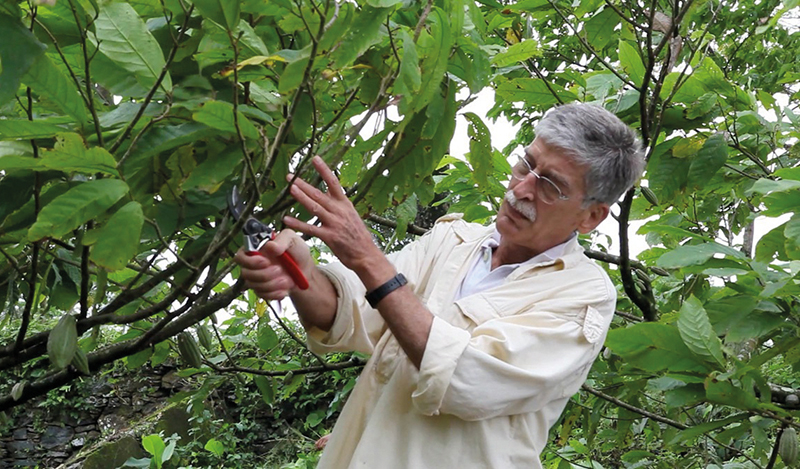
Following in Corallo’s footsteps, French investors recently created Diogo Vaz – a locally produced organic chocolate brand using cacao grown at one of the islands’ historic roças. This cooperative has a flagship store in São Tomé. Diogo Vaz’s technical director, French chocolatier Olivier Casenave, won the 2016 award for Best Tablet in the World at the Salon du Chocolat competition in Paris.
Agriculture accounts for 20 per cent of São Tomé and Príncipe’s gross domestic product, 80 per cent of its export earnings, and more than 60 per cent of its employment. Aside from cacao, the islands’ grow high quality pepper, vanilla, coconuts and palm oil. While cocoa has traditionally been the biggest agri-export, palm oil has been growing fast and overtook cocoa in 2021.
Agri exports have been a lifeline during the Covid-19 pandemic, which halted the usual flow of tourists seeking pristine tropical beaches. Now that the borders have reopened, the tourist dollar will help support the development of São Tomé and Príncipe’s value-added chocolate industry. Not only can tourists visit the islands’ once-famed roças, where decaying colonial mansions are being swallowed up by jungle, they can purchase a growing array of homegrown chocolate products as souvenirs from their trip. A sweet treat emblematic of the country’s shift into a new era of global trade.
